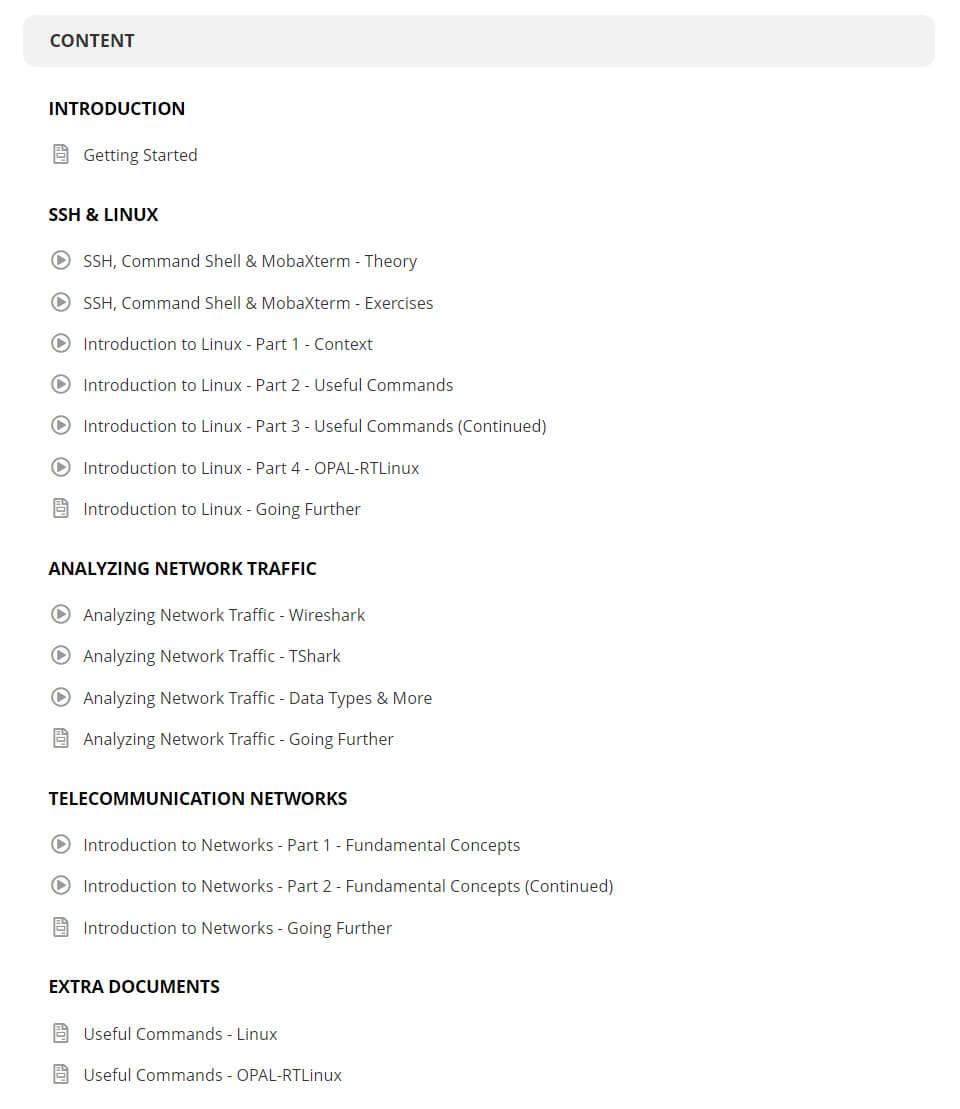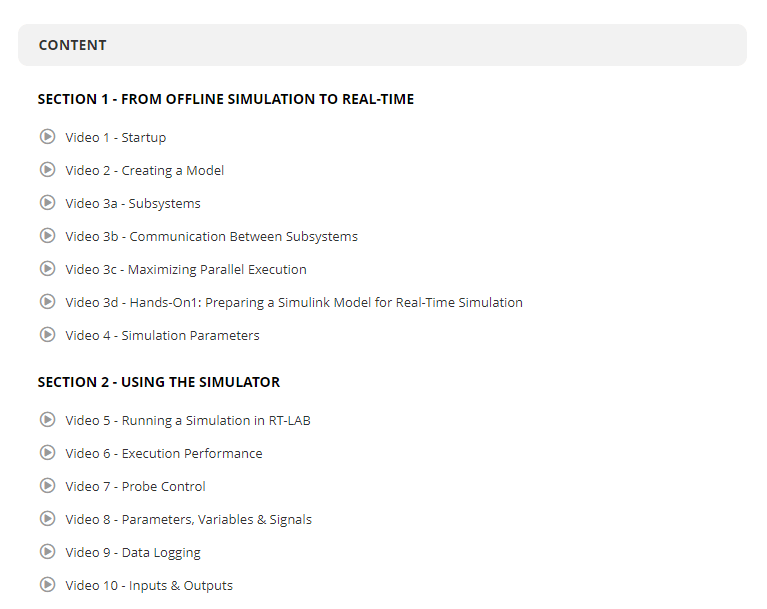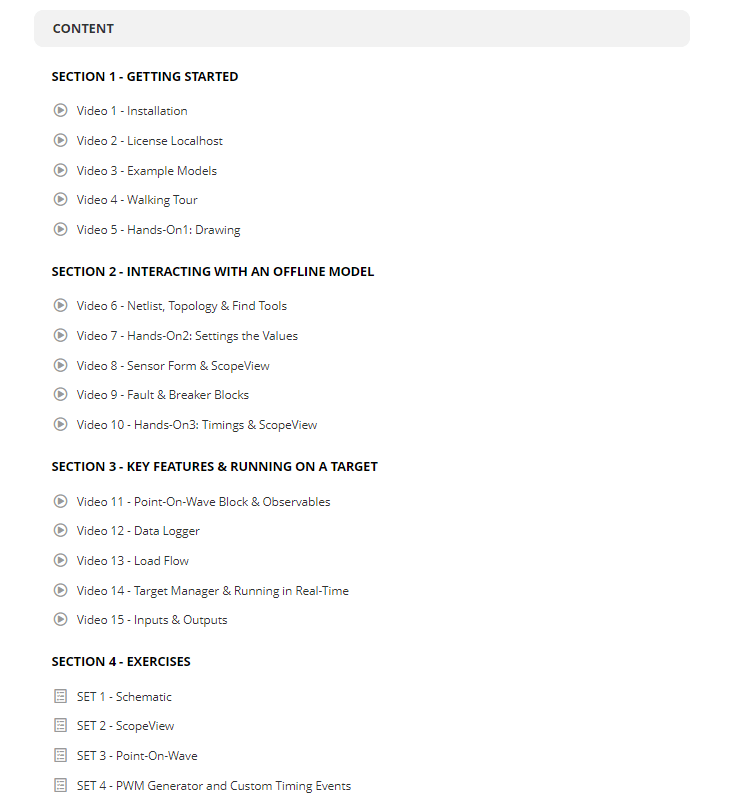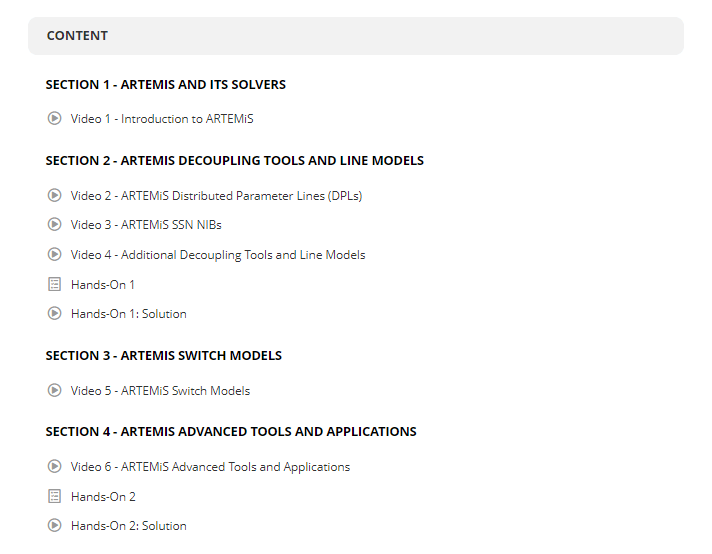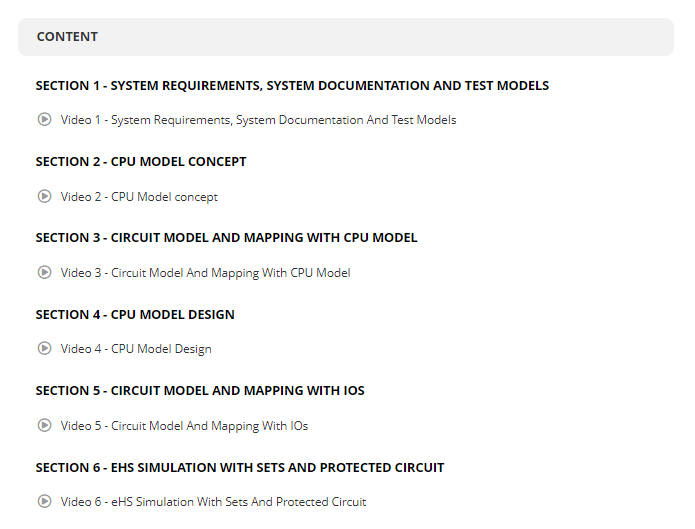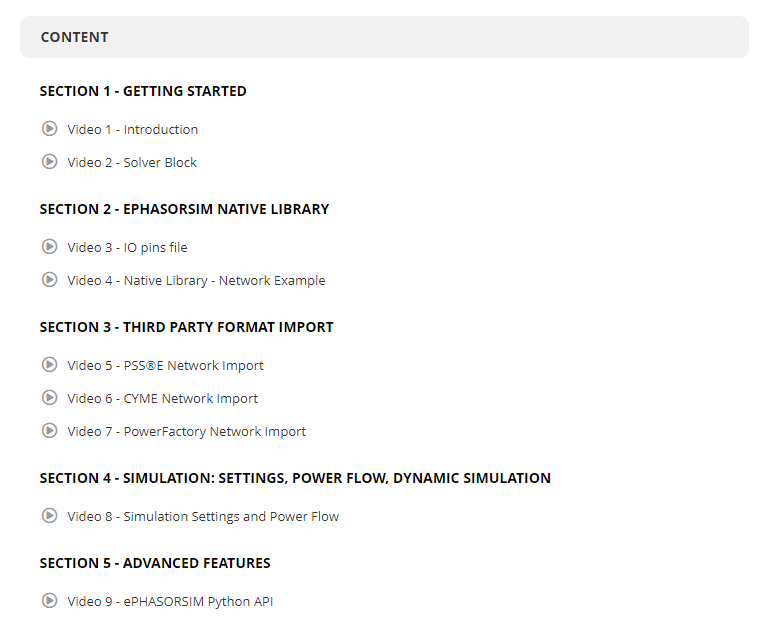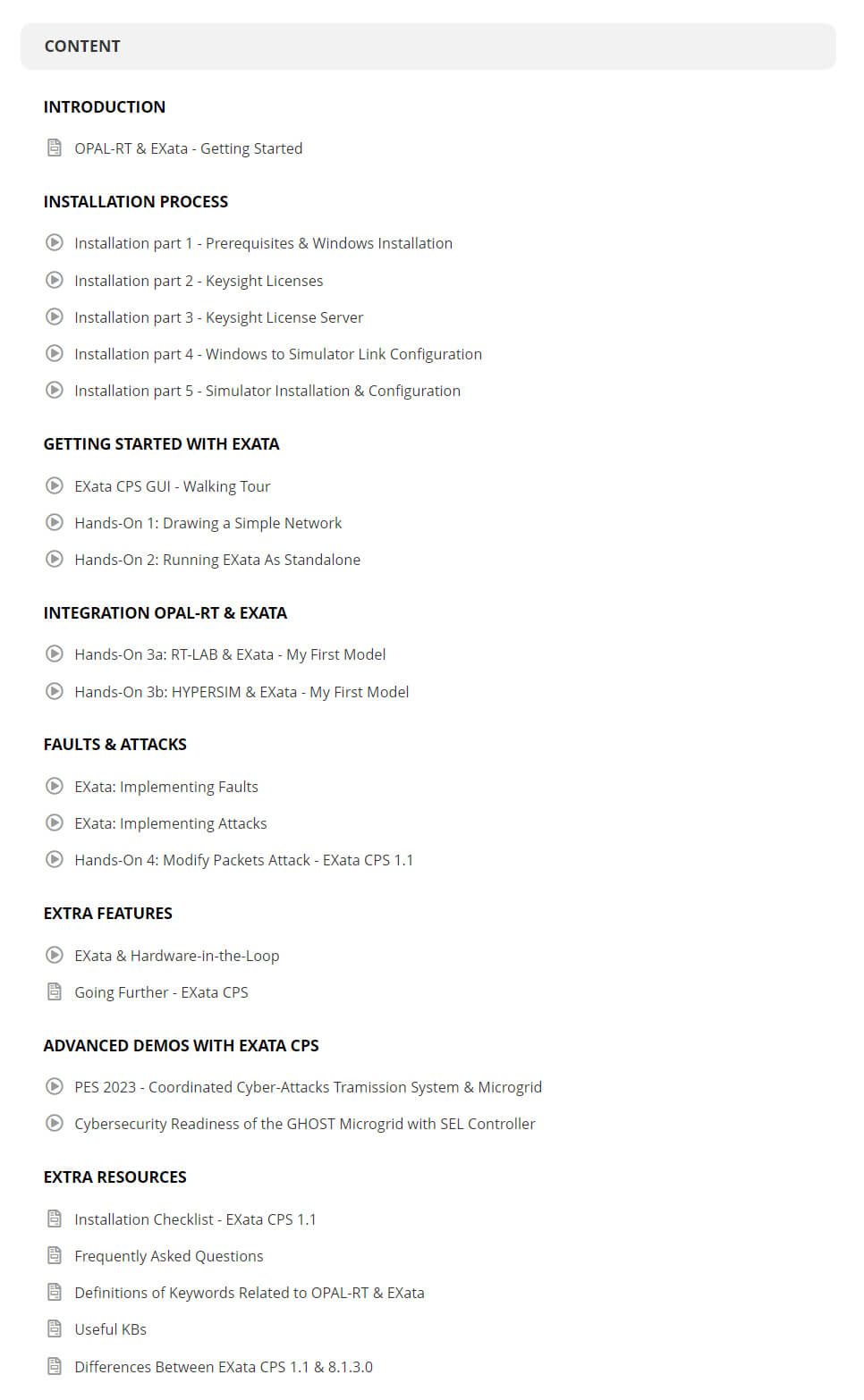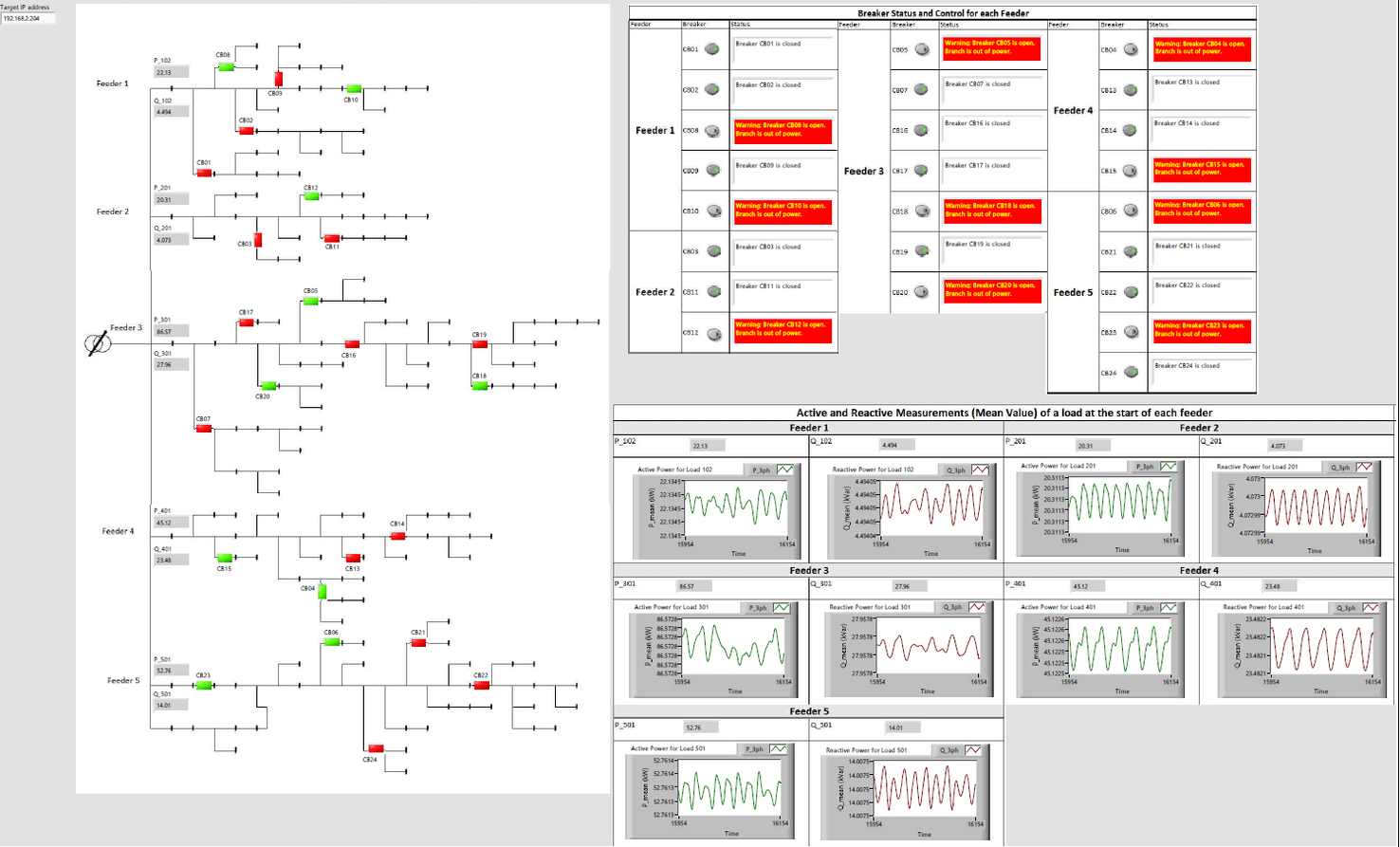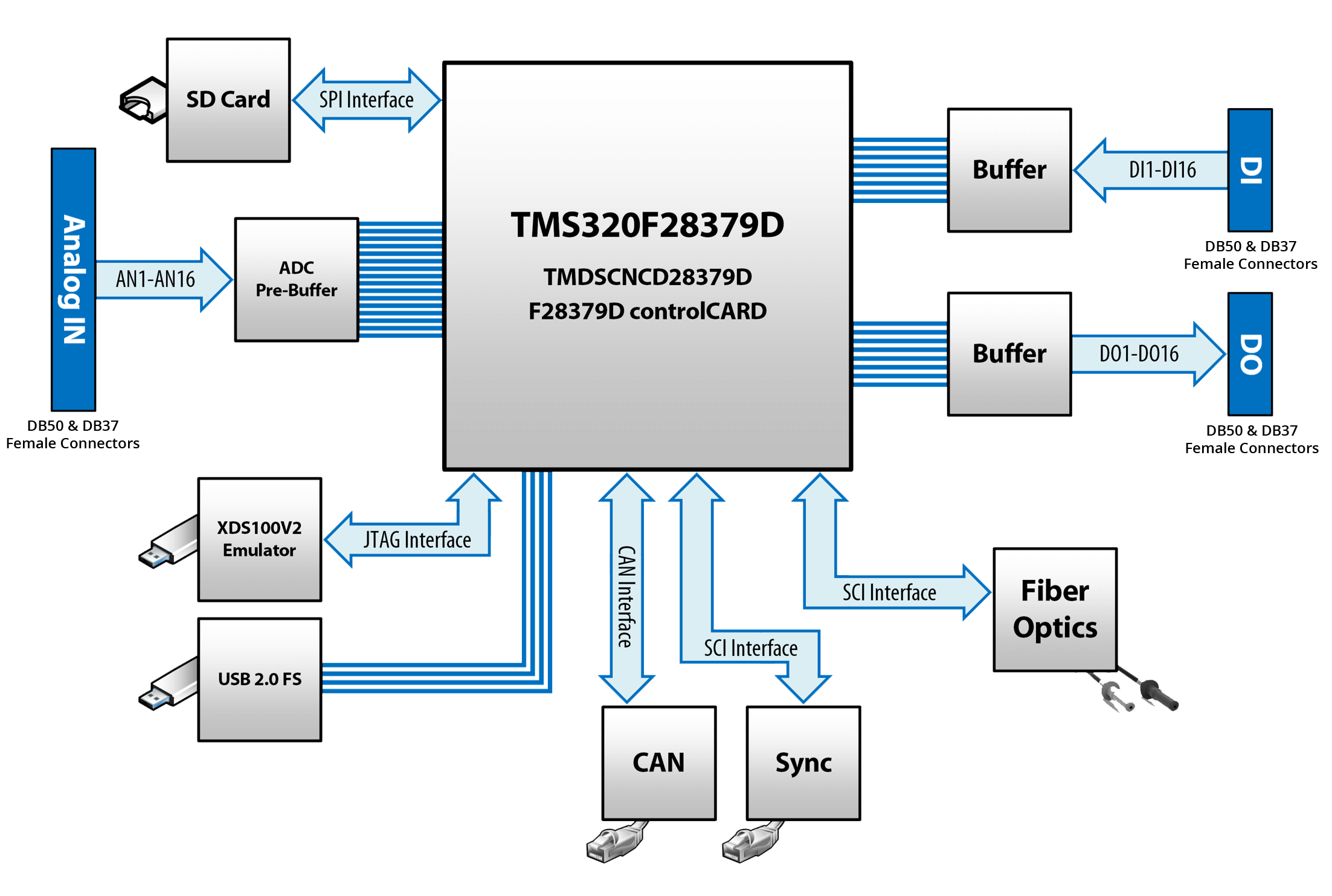Product News
June 20, 2025
How BESS Enhances Grid Performance

A single millisecond can decide whether your grid remains lit or slips into costly downtime. You need energy reserves that respond as quickly as your protection relays, stay secure under probing regulation, and deliver measurable payback to investors. That urgency fuels interest in what is a battery energy storage system (BESS) and how it shifts grid operations from reactive correction to proactive stability. This piece speaks directly to engineers and business leaders seeking faster time-to-value, lower lifetime cost, and confidence that every line of code protects intellectual property while passing the harshest compliance checks.
Understanding the Basics of a Battery Energy Storage System
Every BESS combines electrochemical cells, power converters, and sophisticated control logic to capture excess generation and discharge it on command. You gain a modular asset capable of storing kilowatt-hours when solar ramps up and releasing them within cycles when load rises. Four core elements define what is BESS: the battery pack, a bidirectional inverter, thermal management, and a supervisory controller that sets charging limits and state-of-charge targets. Comparison studies show that lithium-ion chemistries currently balance energy density and cycle life most effectively, yet future deployments already test sodium-ion and solid-state designs for cost or safety advantages.
Behind the hardware, firmware orchestrates current flow, maintains cell balance, and publishes data tags for SCADA integration. A well-tuned control stack manages degradation by throttling charge rates during high temperatures and rest periods, raising asset revenue through extended lifetime. Digital twins refined through hardware-in-the-loop rigs shorten firmware validation cycles, slashing commissioning risk for OEMs and utilities alike. When design moves from whiteboard to live grid, a secure interface, such as OPAL-RT’s black-box model wrapper, keeps proprietary algorithms hidden while still reproducing exact behavior.
“A single millisecond can decide whether your grid remains lit or slips into costly downtime.”
How BESS Systems Enhance Grid Stability and Performance
Modern grids contend with abrupt renewable output swings, sub-cycle fault currents, and inverse inertia from power electronics. A well-planned BESS system answers each challenge through immediate active-power injection that counters frequency dips before conventional generators ramp. Precise reactive-power control also supports voltage at weak nodes, minimizing flicker complaints and helping distributed energy projects pass interconnection studies. Localized fast-frequency response from one plant aggregates across substations, effectively rebuilding the kinetic buffer once supplied by synchronous machines. Utilities that run stacked services—frequency regulation, ramp-rate smoothing, and spinning-reserve replacement—report payback periods under five years due to avoided penalties and ancillary market revenues.
Key Components of BESS Energy Management Systems
State-of-Charge Estimator
Accurate state-of-charge (SoC) tracking guides dispatch decisions and safeguards warranty commitments. Advanced Coulomb counting fused with Kalman filtering corrects sensor drift while accounting for temperature-dependent capacity losses. Adaptive models update in real time using impedance spectroscopy data, supplying operators with confidence that reserve margins are genuine megawatt-hours, not theoretical figures. A mismatched estimator risks premature shut-downs or deep discharges that erode cell life and investor returns.
Power Conversion System (PCS) Controller
The PCS bridges DC batteries and the AC grid through pulse-width-modulated IGBTs or SiC MOSFETs. Vector-current control maintains unity power factor or purposeful VAR support, switching within microseconds. Grid-forming firmware even establishes voltage when transmission outages isolate feeders, providing a stable point for solar inverters to follow. Secure real-time simulation lets engineers validate anti-islanding responses without exposing the proprietary modulation code shipped to customers.
Thermal Management Logic
Thermal runaway starts with a local hotspot, so every BESS includes closed-loop cooling and heating routines. Liquid or forced-air circuits react to cell temperature sensors, while predictive algorithms schedule conditioning based on forecast duty cycles. Maintaining a narrow thermal band extends cycle life and improves round-trip efficiency. Granular control also reduces parasitic loads, trimming operating costs over multi-year service agreements.
Cybersecurity Module
Grid codes now mandate layered defense across device, network, and cloud interfaces. Role-based authentication, encrypted firmware updates, and watchdog timers form the backbone of embedded security. A digital twin running on OPAL-RT allows penetration testers to probe the control surface safely, watching how intrusion detection flags abnormal command sequences. Findings feed directly into patched firmware before plant deployment, avoiding costly field retrofits.
Revenue Optimization Engine
An optional, yet increasingly popular, software layer forecasts price signals, computes degradation cost, and dispatches the battery to maximize net value. Machine-learning predictors sift wholesale price patterns and local demand charges to schedule charging windows. The engine then passes set-points to the PCS, continuously updating margins to respect warranty limits. When plugged into enterprise ERP systems, executives see transparent cash flows that justify further rollout across their fleets.
Critical Testing Procedures for Reliable BESS System Performance
Successful field performance begins in the lab, where rigorous validation spots latent faults long before energization. Test engineers face mounting pressure to complete thorough verification without extending project timelines or revealing confidential algorithms. The procedures below outline the most reliable path to confidence, each aligning with IEEE 2030.2 and IEC 62933 guidance. Following them helps manufacturers provide bullet-proof evidence to utilities and regulators.
- Hardware-in-the-Loop Fault Ride-Through: Confirms inverter current injection under simulated voltage dips, ensuring grid-code pass status.
- Communication Latency Measurement: Validates delay budgets for SCADA commands across Ethernet, serial, and IEC 61850 links.
- Electromagnetic Immunity Sweep: Subjects control electronics to fast transients and radio-frequency interference, verifying proper shielding.
- Accelerated Thermal Cycling: Cycles ambient temperature to expose solder fatigue and connector loosening that trigger field failures.
- Aging Algorithm Verification: Runs extended SoC oscillations to check capacity fade prediction accuracy against real degradation.
- Black Start Capability Test: Demonstrates PCS voltage-source mode and controlled island growth without synchronous machines.
- Over-Current Protection Coordination: Evaluates relay settings using staged faults to confirm selective isolation and asset safety.
Completing each campaign inside a real-time simulator decouples controller stress from costly high-power stacks. Engineers replicate grid events at full resolution, pause execution to inspect variables, then resume without hardware resets. Investors receive data-rich reports that replace guesswork with quantified margins. Project schedules hold firm because iterative fixes occur in software, not on construction sites.
Protecting Manufacturer IP in BESS Systems Simulation
Original control code distinguishes one OEM from another, so exposure risk remains a constant concern. OPAL-RT addresses this worry through a black-box interface that accepts DLL, FMU, or compiled C while hiding the source. Time-deterministic wrappers call functions at fixed µs intervals, delivering the exact response utilities expect without revealing proprietary math. Strong encryption and licensing keys restrict access, letting manufacturers share performance while retaining ownership. End-users load the protected model, run exhaustive contingencies, and export results, yet cannot reverse-engineer the algorithms that secure a product’s market edge.
A structured workflow also supports patch management; OEMs release updated binaries, and utilities drop them into existing simulations with checksum validation. No recompile of the surrounding plant is required, trimming downtime and compliance paperwork. The approach streamlines multi-vendor integration where each party shares only signed binaries, building trust through provable functionality instead of open code.
“Secure black-box modeling protects OEM IP while letting utilities run exhaustive grid studies.”
Integrating Accurate BESS Simulation into Grid Studies
Electromagnetic Transient (EMT) Validation
EMT studies capture microsecond-scale dynamics such as cable resonance or IGBT gating. Real-time co-simulation merges detailed BESS inverter models with transmission-line equivalents, revealing interactions impossible to see in phasor tools. Utilities detect sub-synchronous interactions early, selecting filter components before procurement. This proactive engineering saves months and avoids redesign penalties.
RMS-Level Planning
At the hourly horizon, planners need simplified yet faithful representations of the same equipment. Parameter-reduced equivalents exported from EMT models maintain integrity across contingency runs. Model exchange format converters align with CIM and PSLF databases, assuring consistency across teams. As a result, yearly expansion plans include storage dispatch curves that match field behavior.
Controller Hardware-in-the-Loop Integration
When firmware runs on the actual DSP board, hardware-in-the-loop cables it to a digital grid inside OPAL-RT. Engineers inject faults, frequency events, and packet loss to see closed-loop stability. The set-up validates both control algorithm robustness and communication stack resilience. Findings roll back into production builds with confidence that corrections reflect grid-level complexity.
Multi-Energy Resource Coordination
Storage rarely stands alone—hybrid sites pair batteries with PV or wind in a single point of interconnection. Integrated simulation quantifies how the battery smooths fluctuating renewable output, improving plant factor and revenue. Mixed-technology tests also uncover converter-converter interactions, such as circulating harmonic currents. Finance teams then size batteries precisely, preventing either overspend or curtailment penalties.
Real-Time Advantages of Simulating BESS with OPAL-RT Platforms
Energy projects win or lose funding on schedule assurance and quantifiable benefits. OPAL-RT reduces iteration time through off-the-shelf x86 targets that meet sub-10 µs loop rates without proprietary boards. Engineers load multi-vendor black-box models side-by-side, scaling CPU cores instead of wiring extra racks. Secure SDKs wrap control binaries once and reuse them across desktop studies, cloud clusters, or portable field units, supporting the same deterministic timing everywhere.
This consistency accelerates utility acceptance testing, cuts travel costs when remote teams collaborate, and simplifies future upgrades because identical code informs planning and operations. You gain shorter design-build cycles, lower integration risk, and transparent math that convinces stakeholders to green-light additional storage budgets.
Ensuring Grid Compliance through BESS System Testing
IEEE 2800 Alignment
New interconnection rules call for mitigated adverse interactions between inverter-based resources and bulk power systems. OPAL-RT scenarios replicate ride-through profiles, allowing OEMs to tweak droop coefficients until frequency nadir remains inside limits. Test outputs map directly to the IEEE 2800 template, reducing paperwork burden. Utilities then file results without follow-up clarification requests.
NERC PRC-024 Verification
Generator frequency and voltage protective relays must not trip under prescribed excursions. Simulated disturbances push BESS inverters to these edges while capturing relay logic outputs for audit. Pass-fail verdicts appear within minutes thanks to automated scripts. Compliance teams retain traceable data sets for future spot checks.
IEC 62933 Safety Assessment
Safety standards focus on thermal runaway prevention and fire suppression readiness. Fire-inducing fault sequences run repeatedly inside the simulator, monitoring temperature models and control actions. The approach confirms firmware trips cooling systems before critical thresholds. Insurers accept evidence faster because the data illustrates worst-case endurance.
Local Grid-Code Adaptation
Regional operators often add custom harmonic or flicker limits. Parameterized test harnesses vary voltage distortion and load profiles to meet each local rule. OEMs ship one firmware build with adaptive filters tested across multiple jurisdictions. That flexibility grows addressable markets without separate R&D budgets.
Future Trends in Battery Energy Storage System Deployment
Storage no longer fills a single reliability niche; upcoming designs reshape portfolio planning, market strategy, and community resilience. Near-term innovations target chemistry, controls, and grid services that lift profit per kilowatt-hour. Decision-makers tracking these trends secure hardware that remains relevant through the asset’s fifteen-year life. The points below outline the most influential shifts under way.
- Long-Duration Chemistries: Flow batteries and sodium-metal cells push discharge windows beyond eight hours, unlocking peak-shaving even after sunset.
- Grid-Forming Controls: Software-defined inertia lets storage units establish reference frequency during islanding, reducing diesel dependence.
- Second-Life Modules: Repurposed EV packs create low-cost installations for community microgrids while avoiding landfill disposal.
- Hybrid DC-Coupled Sites: Shared converters lower capex and curtailment compared with AC-coupled additions to existing solar plants.
- Advanced Market Stacking: AI-assisted bidding optimizes across regulation, capacity, and congestion relief to raise project IRR.
- Autonomous Fault Detection: Edge analytics spot insulation failure or cell venting within seconds, preventing cascading outages.
Each trend feeds a feedback loop where lower capex meets greater revenue certainty, encouraging still wider adoption. Early movers who validate functionality through secure simulation stand to capture value first. Storage then pivots from optional upgrade to core resource in integrated planning. That reality keeps engineers searching for ever-faster, ever-safer test solutions.
Engineers and innovators across energy, aerospace, and mobility rely on real-time simulation to shorten design schedules and safeguard capital investments. OPAL-RT brings decades of electrical-power expertise, modular hardware, and open software that let teams test control code at microsecond speed while protecting confidential IP. Whether you need hardware-in-the-loop validation or cloud-scale transient studies, our platforms give you the precision and flexibility to deliver projects with confidence. Join hundreds of laboratories and utilities that already build tomorrow’s grids with OPAL-RT.
Common Questions About Battery Enery Storage Systems
What is a battery energy storage system and why does it matter for grid reliability? A battery energy storage system captures surplus generation, stores it chemically, and discharges electricity within cycles, balancing supply and demand without spinning reserves. How does a BESS energy management system differ from basic battery controls? A BESS energy management system adds predictive dispatch, cybersecurity, and fleet coordination features on top of cell balancing and inverter gating, turning hardware into a revenue-generating asset. What is BESS system testing in real time? BESS system testing in real time connects actual control firmware or protected binaries to a digital grid that runs at microsecond resolution, exposing code to faults and events that mirror field conditions. Which grid standards govern BESS systems today? North American operators follow IEEE 2800 and NERC PRC-024, while international projects reference IEC 62933 and regional harmonic limits; proper simulation proves adherence to each rule set. What is battery energy storage system deployment’s biggest cost driver? Cycle life degradation and thermal management consume a large share of lifetime cost, so accurate SoC estimation and precise cooling yield the highest savings



